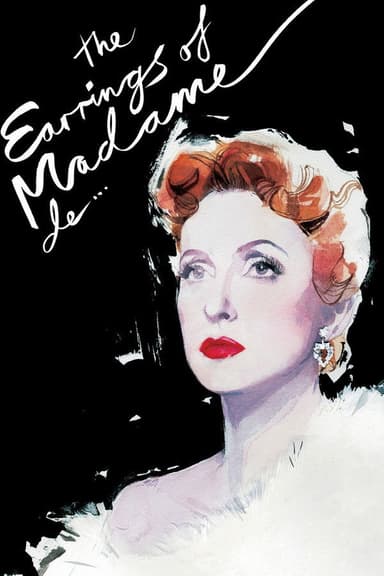
The Fountainhead
1949 • Drama, Romance • NR
An uncompromising, visionary architect struggles to maintain his integrity and individualism despite personal, professional and economic pressures to conform to popular standards.
Runtime: 1h 52m
Why you should read the novel
Before watching The Fountainhead (1949), experience the source that started it all: Ayn Rand’s groundbreaking 1943 novel The Fountainhead. The book delivers the full philosophical depth, interior monologues, and uncompromised vision that a feature-length film simply can’t contain, immersing you in architecture, art, integrity, and individualism at their most vivid.
Reading The Fountainhead novel gives you a richer, more detailed journey with Howard Roark, Dominique Francon, Peter Keating, Ellsworth Toohey, and Gail Wynand. Rand’s pages explore their motivations, contradictions, and turning points with nuance—revealing the ambitions, betrayals, and inner conflicts compressed or omitted on screen.
If you’re curious about Objectivist ideas, the creative process, and the clash between originality and conformity, the book is the definitive experience. Discover extended speeches, intricate subplots, and character arcs that reward careful reading—making The Fountainhead novel the best way to understand the story’s power and purpose.
Adaptation differences
The movie vs book comparison starts with scope. The 1949 adaptation condenses the novel’s broad architecture-and-media world into a tight melodrama, trimming timelines and consolidating events. Major subplots are removed or radically shortened—most notably the Stoddard Temple case and the Steven Mallory storyline—while the Keating–Catherine thread is pared back to keep the plot racing toward Cortlandt Homes.
Characterization also shifts. Howard Roark on screen is more stoic and less ferociously iconoclastic than in the book, with fewer windows into his inner life. Dominique’s motivations are simplified into romantic conflict, Peter Keating’s moral decline is accelerated, and Ellsworth Toohey’s slow, methodical cultural capture is reduced to a more conventional antagonist role. Gail Wynand’s complex rise, friendship with Roark, and moral collapse—so central in the novel—are significantly compressed.
Themes and philosophy are streamlined for film. The novel’s extended arguments about integrity, creativity, and collectivism appear mostly as dialogue highlights instead of sustained interior reasoning. Roark’s courtroom address is shorter and less philosophically layered than on the page, and the Production Code softens the quarry encounter’s transgressive framing, steering it toward conventional romantic melodrama rather than the novel’s deliberately provocative psychology.
Architecture and texture differ, too. The book meticulously describes buildings, materials, and design principles; the film visualizes them through studio-era sets that evoke modernism but can’t match the novel’s technical specificity. The adaptation emphasizes romance and courtroom theatrics over the book’s industry politics, aesthetic debates, and professional intricacies. While the finale’s iconic ascent echoes the novel’s last image, the path to that moment is more direct, with fewer hard-won, philosophical beats along the way.
The Fountainhead inspired from
The Fountainhead
by Ayn Rand






